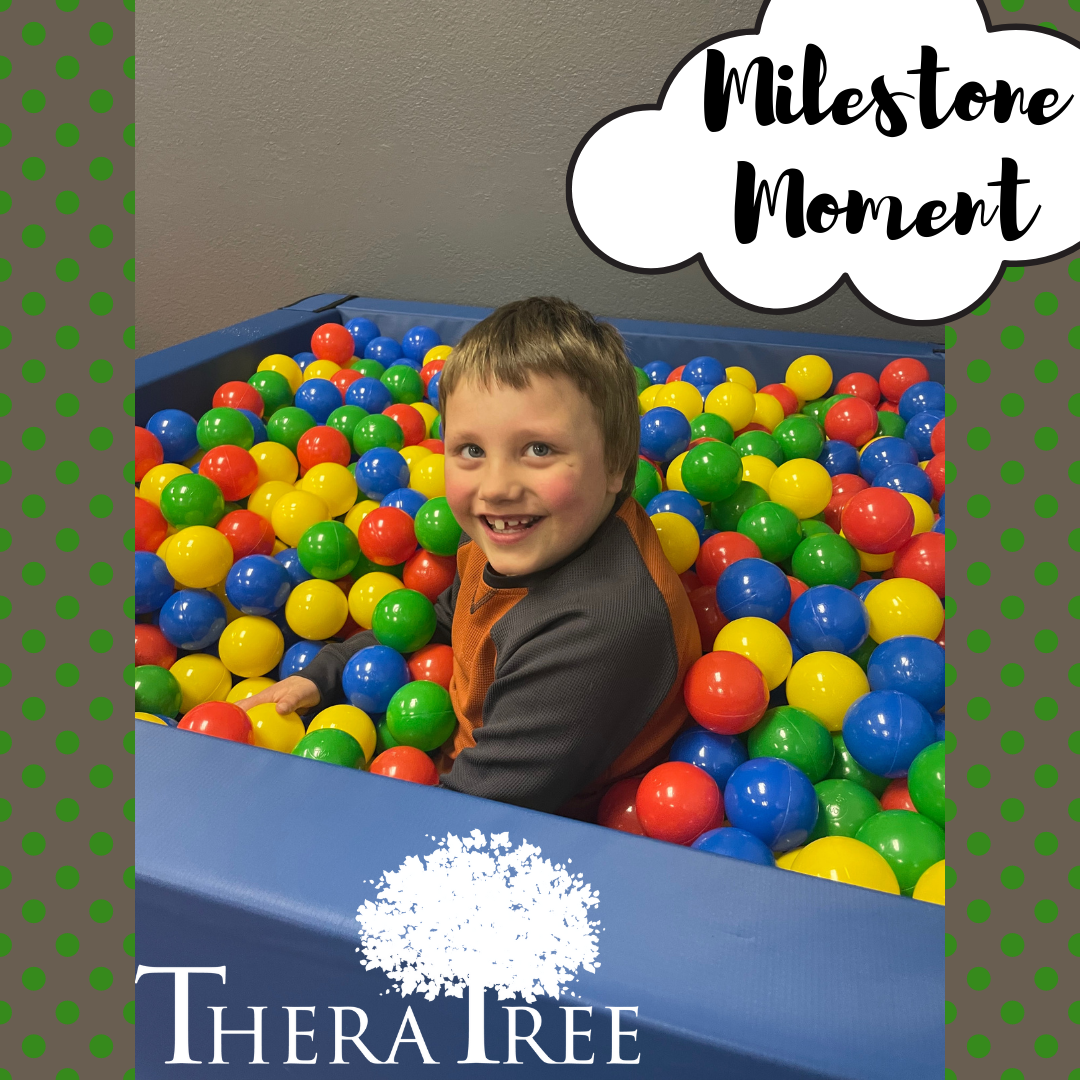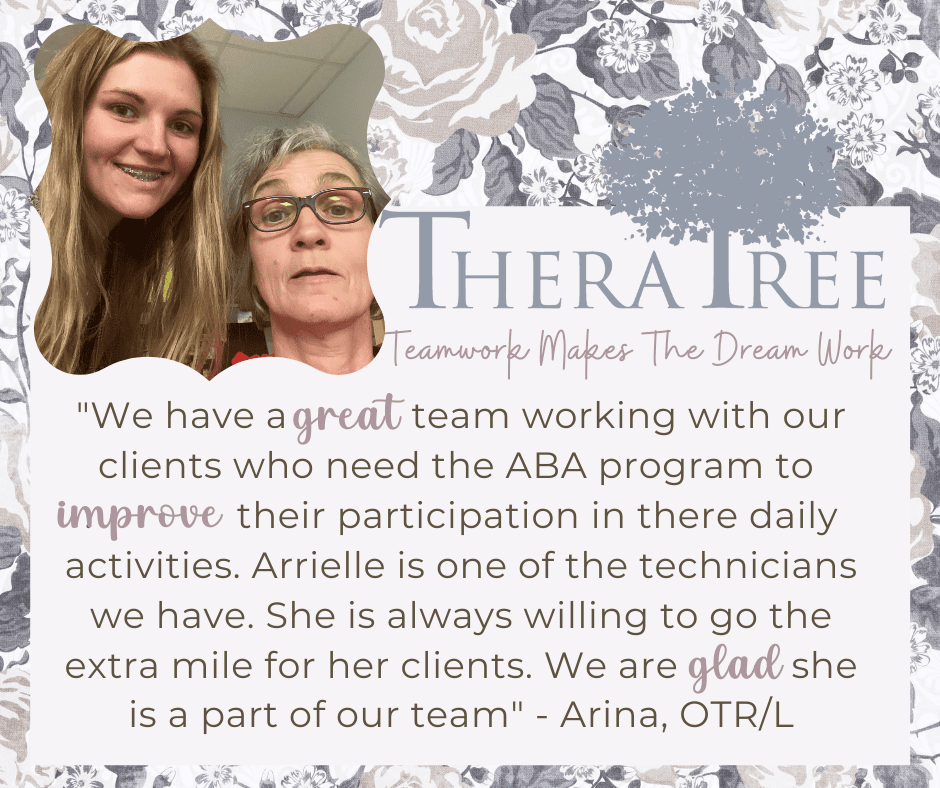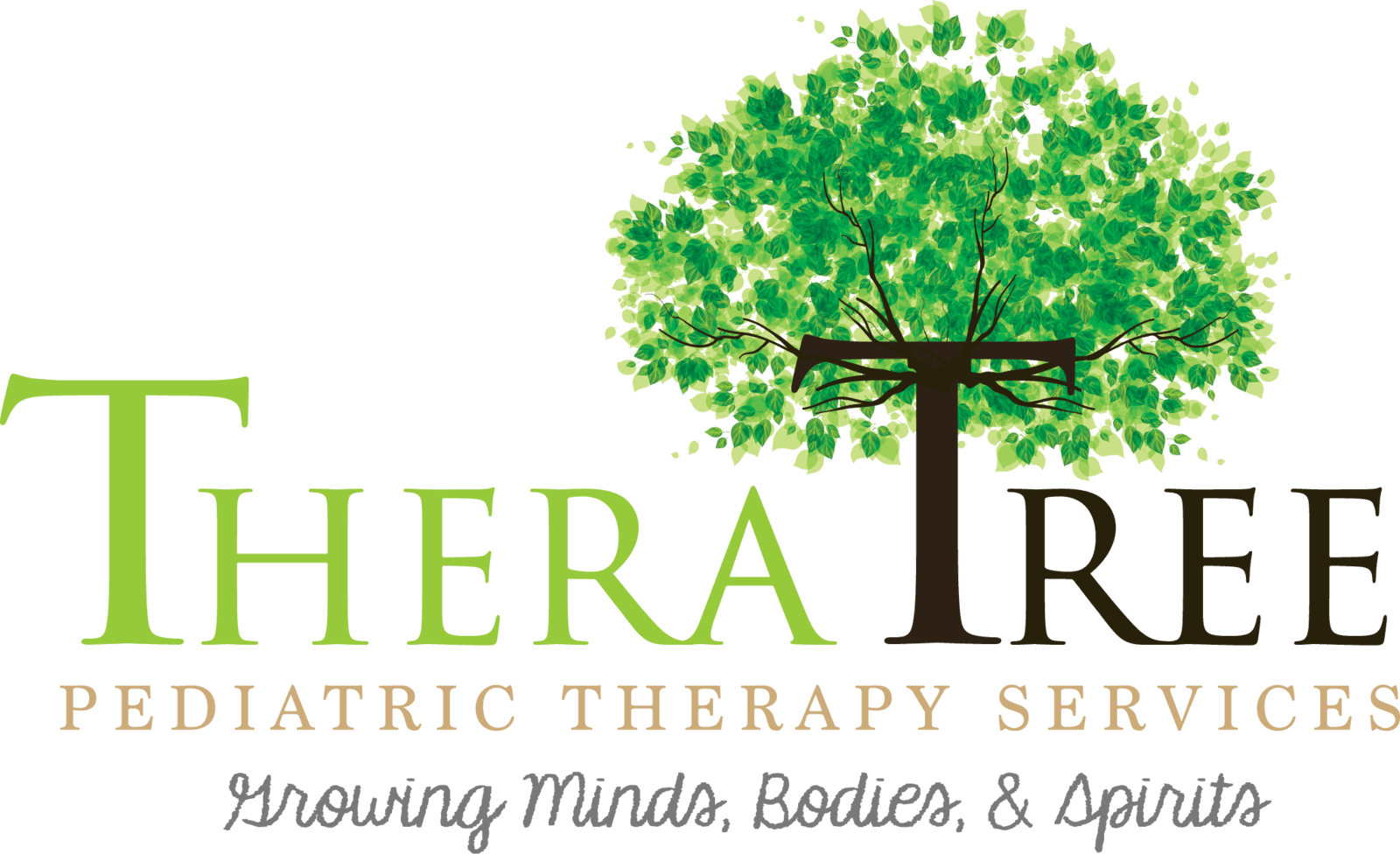Applied Behavioral Analysis
Applied Behavior Analysis (ABA) is a therapy based on the science of understanding and improving learning and behavior.
Behavior analysis helps us understand:
- How behavior works
- How behavior is affected by the environment
- How learning takes place
The goal is to increase behaviors that are helpful and decrease behaviors that are harmful or affect learning.

🌟Milestone Moment!🌟
When Nicholas began ABA Therapy, he cried, had difficulties with physical aggression and communication. Now, Nicholas communicates with his PECs (Picture Exchange Communication) book and is learning additional sign language to assist in his communication. With an increase in communication, there has been a significant decrease in physical aggression! Nicholas has also become photogenic - Just look at that smile! We are smiling, too, Nicholas! So proud of you!!!

"TheraTree started with an ABA program. We have a great team working with our clients who need the ABA program to improve their participation in their daily activities. Arrielle is one of the technicians we have. She is always willing to go the extra mile for her clients. When her clients are having a terrible emotional day she is willing to guide and support them to be able to process there emotions so that they can be more successful in their environment. With bad weather she will do Telehealth to help the families and then she helps them in their natural environment. Arrielle is also constantly in contact with the families for support. We are glad she is a part of our team" - Arina, OTR/L
How Does it Work?
ABA involves many techniques for understanding and changing behavior.
ABCs of Behavior
Antecedent: What occurs right before the behavior - the cue that leads to a behavior.
Behavior: The person’s response or lack of response to the antecedent.
Consequence: What comes directly after the behavior.
Positive Reinforcement: When a behavior is followed by something that is valued (a reward), a person is more likely to repeat that behavior. Over time, this encourages positive behavior change.
Discrete Trial Training: Discrete trial training (DTT) breaks down a skill and focuses on teaching it in a step-by-step process based on the ABCs.
Natural Environment Training: Once a child learns a skill through DTT, the next stage is teaching them the same skill within a natural environment.
Does My Child Need ABA?
ABA helps the following difficulties and diagnoses:
- Aggression
- Self Injury
- Noncompliance
- Tantrums and Outbursts
- Decreased attention
- Poor social skills
- Poor memory
- Challenges with academics
- Depression
- Autism Spectrum Disorder (ASD)
- Attention Deficit Hyperactivity Disorder (ADHD)
- Obsessive-compulsive disorder (OCD)
- Fears and phobias
- Anxiety
- Traumatic brain injury

🌟Milestone Moment!🌟
Jasper just started recieving ABA therapy this week. Today was his second session. He has a goal to engage with an object for one minute without throwing or destroying it. Jasper independently colored a picture of Mater for 12 minutes, and engaged independently with kinetic sand for 7 minutes. Jasper is thriving with the structure of ABA therapy and I am so excited to continue to see the progress he makes!

🌟Milestone Moment!🌟
When Maliyah first came to TheraTree she was very shy. She would provide one or two word answers during sessions when her therapist initiated the conversation, would hesitate to talk when others were around, and she would wait to ask for help until after her therapist offered. Now, when she arrives for therapy, she is excited to tell her therapist about the stuff she did during the week, reciprocates in the conversation for at least 10 minutes, and asks for help without any hesitation. Through encouragement and support, Maliyah is coming out of her shell and she is gaining more confidence every step of the way! We are so proud of you and your progress!
